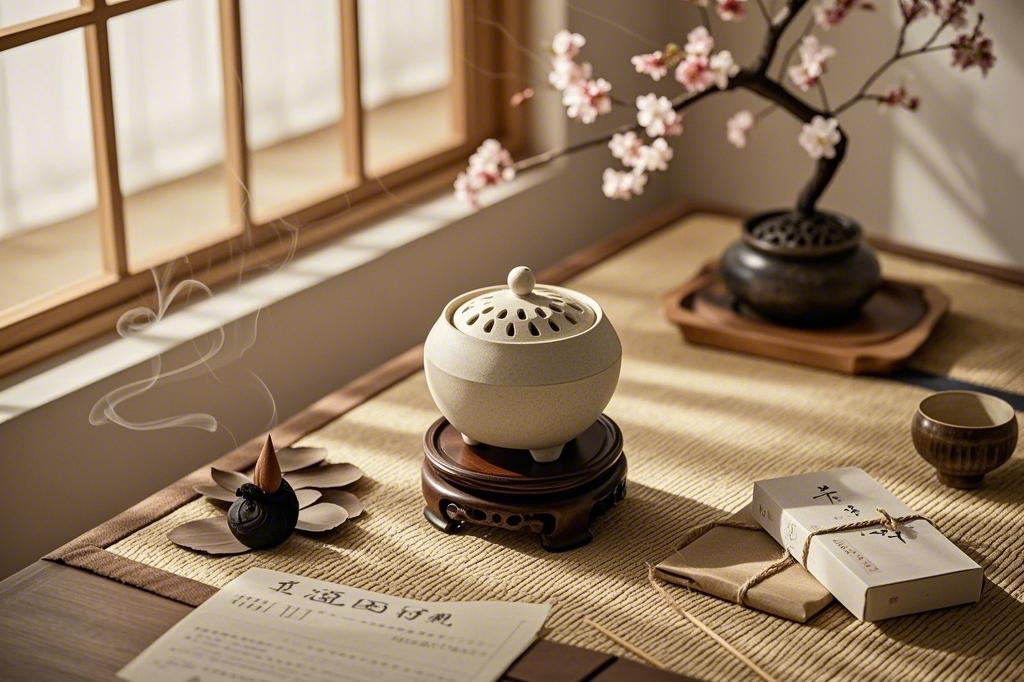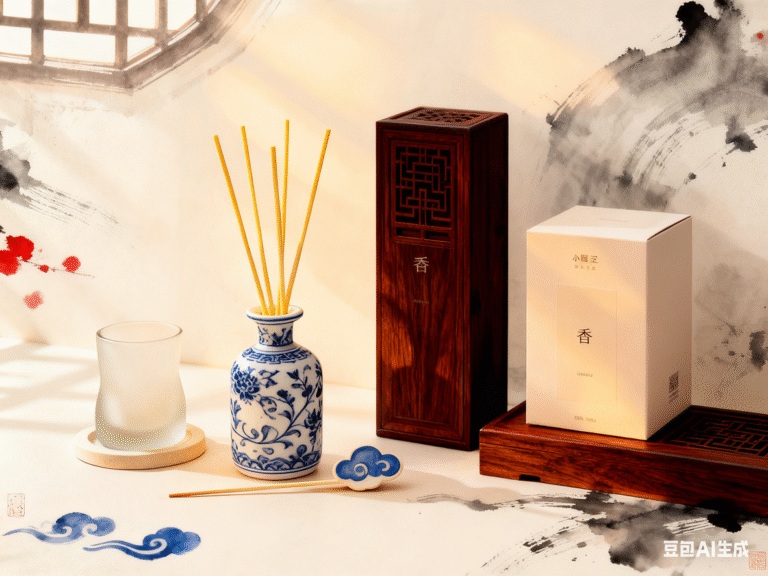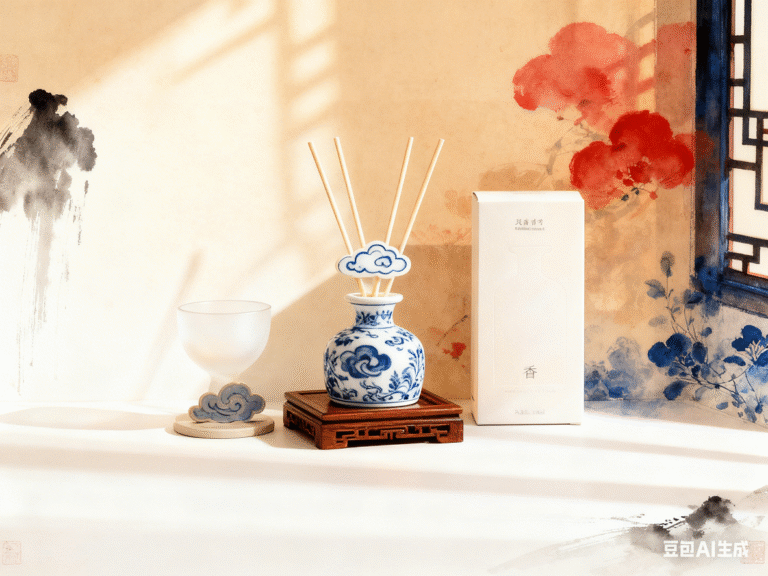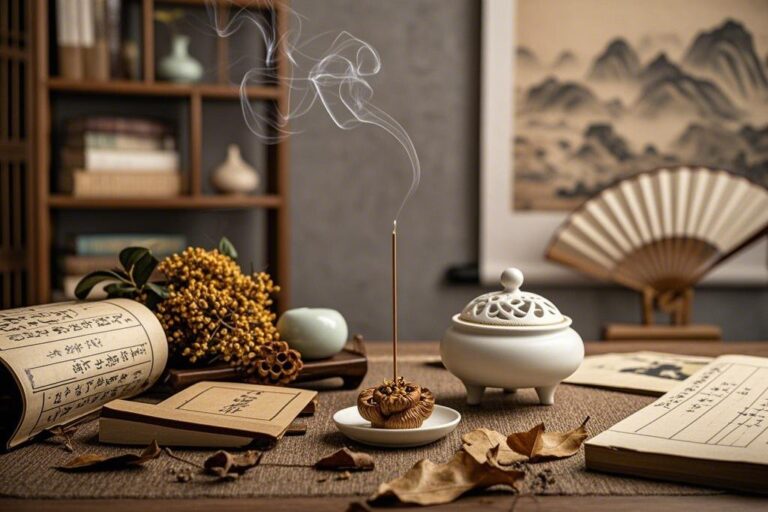Kodo (Japanese Incense Ceremony)

Kado is a Japanese term for a form of aroma performance, the basic form of which originated in the Tang Dynasty of China. During the Northern and Southern Dynasties in Japan, the present model and title of incense ceremony was gradually formed. In the beginning, there were more than one hundred schools in Japan, such as Goka-ryu and Shino-ryu.
What is the relationship between Chinese incense culture and Japanese incense culture?
The current popular form of incense in Japan draws inspiration from the method of smoking incense through fire during the Tang and Song dynasties, but the underlying pursuit, process, and essence of the incense are different. Japanese incense is more focused on form and emphasizes the process. In addition to the past practice of “fighting incense”, China places greater emphasis on the cultivation and maintenance of the body and mind. The entire process embodies the profound, gentle, and implicit nature of Chinese culture, and is a process of harmony between individuals.
The traditional Chinese study of fragrance is centered around “harmony fragrance” and pursues the comprehensive effect of “aroma” on people. The Japanese ‘incense path’, on the other hand, mainly focuses on burning the original state of incense material ‘fragrant wood’, emphasizing the importance of ‘fragrance’. This is incomparable to the traditional Chinese concept of nourishing one’s nature with innate qi, nurturing one’s life with acquired taste, and balancing yin and yang. From a certain perspective, the current popular Japanese “Kodo” has more elements of entertainment and performance.
If there is a relationship between Chinese incense studies and the so-called Japanese incense culture that is currently circulating in China, it can only be a “relationship between origin and flow”.





